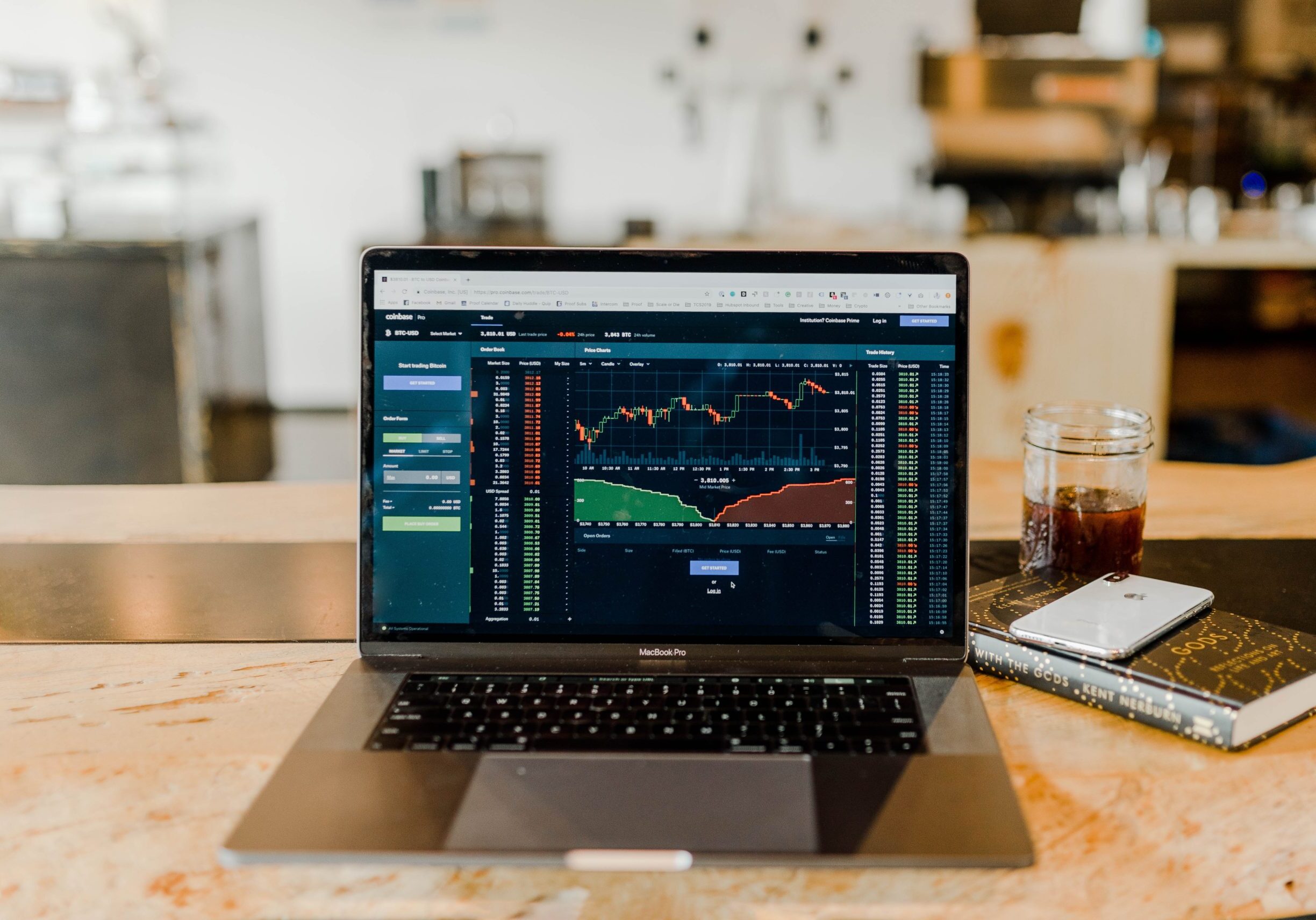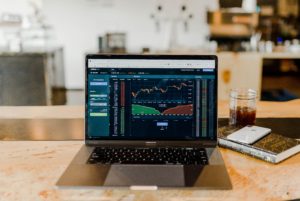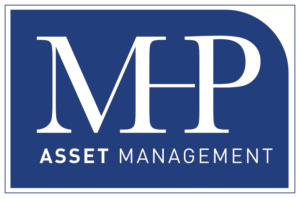Why does risk matter? The risk that I am referring to is investment risk made up primarily of market risk when dealing with equities or stocks, and interest rate risk as well as credit risk when dealing with bonds or fixed income.
Concepts that I’ve expressed in previous articles, are dealing with quantifying risk and reporting returns. Let me talk about two portfolios made up with a variety of asset classes. We can assign each portfolio with a standard deviation, (difference from the middle), which measures the volatility and a range of upside and downside of potential returns. Portfolio one has a wide standard deviation (more risk and potential return) and portfolio two has a lesser standard deviation.
Portfolio number one started with $100,000 and had a wonderful first year return of 60%.
The second-year portfolio one sustained a minus 40% loss. The average return for this portfolio over two years is 10%. Not a bad return!
Portfolio number two started with the same $100,000, a 30% first year return but a 10% second year loss. Again a 10% average return over the two-year span, again, not a bad return!
But let’s look at the compounded annual growth which is measuring dollars not average returns.
Portfolio one, $100,000 invested after one year is equal to $160,000, 40% loss of $60,000 brings our dollars down to $96,000!
Portfolio two, $100,000 with a 30% return equals $130,000, followed by a 10% loss or $13000 brings us down to $117,000.
I prefer portfolio number two, how about you?
So, you can see that bringing down the risk or standard deviation in a portfolio will lead to superior returns of real dollars.
This concept very important not only understand, but to implement in your own portfolio especially as we approach a time in our lives that we may depend on these assets for income.
What these numbers illustrate is a simple concept of avoiding big losses which will almost always reduce potential upside. If your advisor is attempting to build your portfolio with a variety of non and low correlated asset classes which will lower the standard deviation or volatility and risk in a portfolio, using very low-cost or no cost investment vehicles such as exchange traded funds or individual stocks and bonds, you can assume they are probably working for your best interest.
Risk management is only part of the story. The purpose of your money is more important than risk assessment in my opinion. It’s very easy to answer questions to create a risk profile which is typically matched up to a corresponding prefabricated portfolio. But if you answer questions that match you up a growth portfolio and income is needed soon; your portfolio will not be designed what its purpose really is!
It is common for my client that is near or in retirement to reminisce about the returns of their investment portfolio 25 years ago, as a retail broker I was not really concerned about losses at that time either. I didn’t really understand the concept of compounded annual growth versus average returns.
Staying away from big losses in your investment portfolio not only maintains your monetary capital but preserves emotional capital!



























